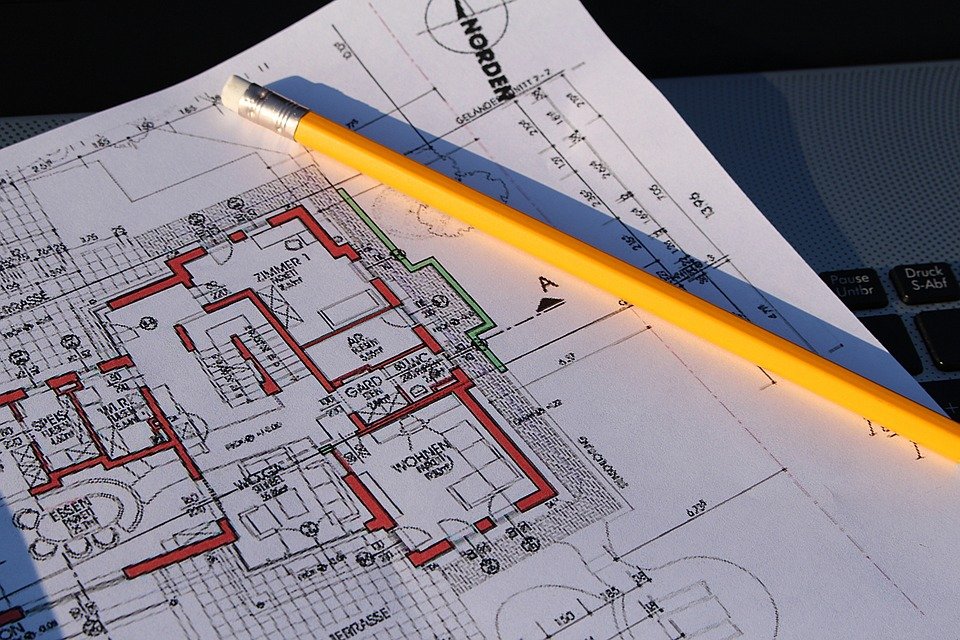One year on – CDM 2015
 The revised CDM regulations came into force in April last year. One year in, Fiona Khosla, senior associate director, Capita Property & Infrastructure, explains what the main changes have been and how they have bedded in.
The revised CDM regulations came into force in April last year. One year in, Fiona Khosla, senior associate director, Capita Property & Infrastructure, explains what the main changes have been and how they have bedded in.
In April 2015, a revision to the 2007 Construction Design and Management (CDM) Regulations was introduced. These regulations aim to improve health, safety and welfare and provide information on the responsibilities of key stakeholders when working on construction projects.
Now that we are almost a year into working with the new regulations, the key question to consider is has there been a significant change from CDM 2007 and are Clients complying with the new regulations?
The core requirements set out in the new regulations remain essentially unchanged from those in CDM 2007. The majority of changes relate to the management of projects determined by the revised roles and duties of the client, principal designer, principal contractor, designers and contractors. These changes have altered the pre-construction planning phase of projects, before site work commences.
The latest revision to the CDM regulations resulted from:
- A perceived over-interpretation of the regulations leading to the process being viewed as a more tick-box compliance exercise;
- A belief by some clients that the CDM coordinator role in the pre-construction phase was often a bureaucratic add-on with them not always embedded into projects, resulting in additional costs with little perceived value added;
- The persistence of unacceptable health and safety standards, particularly on smaller sites where there was less chance of HSE intervention.
So what have the main changes been?
There has been structural simplification of the regulations to make them easier for stakeholders to understand. For example, the regulations now require two main duty holders for the pre-construction phase, but there are still areas where the industry is finding it difficult to establish what is required to comply and how compliance is being monitored.
The traditional Approved Code of Practice (ACoP) has been replaced with more targeted guidance documents divided for each stakeholder. These guides have been met with mixed reviews from the industry with concerns that duty holders will only be knowledgeable on the guide produced specifically for them and not the wider responsibilities of the project team. There is a perception that this approach results in piecemeal guidance rather than a comprehensive guide of all project team responsibilities and their interactions with each other.
There has certainly been a lot of debate surrounding the type of work that requires construction phase plans. Any project that is classed as construction work now needs to have a construction phase plan regardless of the size and duration of the project. Smaller projects already provide risk assessments under the Management of Health and Safety at Work Regulations. The concern here is that the additional construction phase plan will impact on costs and administrative work without providing clarity on the health and safety benefits it will generate. There is also uncertainty over how this is going to be reviewed from a compliance perspective.
The role of CDM Coordinator has now been replaced with a new role of ‘Principal Designer’. CDM Coordinators were aware of the need to coordinate design risk management before but the principal designer ensures that health and safety considerations are made at the concept design stage and onwards throughout the life of the design. Those who are undertaking the PD role will no longer need to demonstrate the skills set out in competence tables in the 2007 CDM Regulations that the CDM Coordinator had to meet.
A principal designer will instead have to demonstrate to the client that they possess the correct skills, knowledge, training and experience for that specific project. This requirement to demonstrate suitability on a project by project basis is better suited to the industry. It ensures that client specification is delivered to the highest standard, rather than the blanket approach to skills and knowledge the CDM 2007 Regulations enforced.
Another change in the new regulations has seen the removal of the exemption for domestic clients to comply with CDM Regulations removed. This has meant that the new CDM duties have been passed to the lead contractor on small scale projects. It is hard to see if this has made any impact yet, as many domestic clients or small scale contractors will not be aware of the regulations. It is also hard to see how this will be monitored for compliance in the case of smaller projects.
The final key change in the new CDM Regulations is the change in the threshold for appointment of principal contractors and principal designers. Projects now require these duty holders when there is more than one contractor on site. The HSE suggest that this will capture close to an additional one million projects a year, but that the requirements will be proportionate and little more work will be necessary.
Some concern has been expressed about what constitutes more than one Contractor, and how it is possible to know how many contractors may be needed. This means that there are now two key project thresholds. One to introduce coordination right at the start of the design phase and one to notify the HSE about the project. This notification must be done where the construction work is likely to last longer than 30 working days and employ more than 20 workers working simultaneously at any point, or exceed 500 working days.
The HSE has made it clear that the client holds the key to the changes in the CDM Regulations. However, the whole industry needs to work together to embrace the regulations and comply to ensure health and safety on construction projects is adequately planned for. It is still early days yet in terms of determining whether the updated regulations are more effective in achieving this goal and it will be interesting to see how the industry has changed after another year working with CDM 2015.
 Fiona is a Director with responsibility for delivering Capita Symonds Health and Safety Professional services in a range of industries providing advice, guidance and training to clients throughout the UK. This includes undertaking assessment of health and safety requirements in a range of industries, development and delivery of health and safety advice, management systems, Access Consultancy, inspections, auditing and risk assessments.
Fiona is a Director with responsibility for delivering Capita Symonds Health and Safety Professional services in a range of industries providing advice, guidance and training to clients throughout the UK. This includes undertaking assessment of health and safety requirements in a range of industries, development and delivery of health and safety advice, management systems, Access Consultancy, inspections, auditing and risk assessments.
Fiona is also involved in the preparation and delivery of health and safety training, provision of CDM-related services, including CDMC, assessment of both office and site health and safety standards, auditing compliance with health and safety and CDM responsibilities
One year on – CDM 2015
The revised CDM regulations came into force in April last year. One year in, Fiona Khosla, senior associate director, Capita Property
Safety & Health Practitioner
SHP - Health and Safety News, Legislation, PPE, CPD and Resources Related Topics
New flexible working legislation – what does it mean?
Government launches consultation on proposed Counter-Terrorism Bill
Legal Lens – Health and safety lessons to be learned from Timmins Waste Services’ prosecution



Good to review where we are one year into CDM 2015. We carried out a short survey after 6 months which revealed strong opinions, both for and against. We are therefore repeating the survey now that the first full year of operation has passed.
Our CDM 2015 One Year On – 5 Minute Survey consists of the same nine questions asked at the 6 month stage. No personal data is requested and responses are anonymous. We will publish the results on our website by the end of May 2016.
Survey – https://www.surveymonkey.co.uk/r/CDM2015ONEYEARON
The only thing I have noticed is that some H&S professionals are still unsure what the specific duties & roles of the PD & PC exactly are. I think there should be some training given in the form of role plays that will get people engaging with hands on approach instead of just reading from a text book.